How to Find the Root Cause Behind Under Eye Circles
Our eyes are the focal point of our appearance. It is often stated that the eyes are the windows to the soul. After all, the eyes silently give away information about mood, energy level, and overall demeanour. If we analyze the eyes closely, however, we can easily note that the eyeball does not give away much information. Most of the information we obtain from the eye comes from the tone and the shape of the eye-surrounding structures.
Due to the capacity of the eyes to silently say many things about the face of an individual, they have become a focus of cosmetic manipulation. Most of the methods of manipulation are aimed at making the face look younger, happier, more relaxed, and healthier. It's shocking to learn that eyelid surgery was the third most requested cosmetic surgery procedure in 2013. Filler injections were the second most common minimally invasive procedure, up 13% from the year before (1). With those injections, the area where the lower eyelid meets the cheek was manipulated to make the under-eye area look less hollow.
Oftentimes, the focus of cosmetics is to lighten the skin under the eyes. While lighting the skin under the eyes may decrease the appearance of dark circles, the anatomy of dark circles under the eyes is much more complex than that. In fact, only "bleaching" the skin under the eyes can make dark circles under the eyes look a lot more visible.
Blog Contents
What Are Under Eye Circles
Under-eye circles, also known medically as periorbital dark circles, are a natural, common skin condition that affects both men and women of all ages and ethnicities. Around the eyes, they look like dark rings or shadows that are three-dimensional. Many assume that the issue arises due to the darkness of the skin. The skin beneath the eyes is thin and delicate, so the underlying blood vessels and muscles show through, making the circles look darker. (2)
There are many medical factors that can contribute to the development of under-eye circles, such as allergies, lack of sleep, stress, smoking, and excessive sun exposure. They can also look much bigger if you have a health problem like thyroid disease or anemia (2,3). From a naturopathic point of view, the best way to prevent or reduce the appearance of under-eye circles is to identify and address the underlying cause. Some simple steps you can take include getting enough sleep, avoiding allergens, staying hydrated and using good-quality sunscreen. If they are caused by a medical condition, treating the condition will usually help to improve the appearance of the circles (3). Aside from health problems, there are other things that can make dark circles under the eyes look worse. Those factors can be anatomical or dermal.
The Anatomy of Under-Eye Bags
The under-eye area has many supporting structures that include ligaments, fat pads, and musculature. The ligaments and bones underneath the skin of the face support the soft tissues and affect how the face looks as a whole. (3,4)
While for many, the physical structure of the face naturally accumulates shadows under the eyes, the natural process of ageing may change the appearance of an individual with a lit under-eye area to that of someone with a more shaded under-eye area (2,3). Age-related changes in the midface cause shrinkage in the undereye padding. The shrinking of under-eye padding is usually caused by:
-
Orbital rim recession
-
Midfacial and malar bone volume loss
-
Tightness of the orbital and facial retentive ligaments
- Facial fat sinking and fat volume declining
If you don't have enough padding under your eyes, the area under your eyes will naturally look darker. (5,6)
Psychological Reasons for Under Eye Circles
-
The under-eye skin is too thin: thin skin that appears translucent camouflages little of the underlying soft tissue, including the under-eye muscle (2,3)
-
The under-eye skin is puffy: infraorbital eyelid fluid may build in the soft tissue, puffing it, darkening and ageing it (4)
-
The vessels are too leaky: extravasation (leakage outside vessels) of hemosiderin (iron transporter) and biliverdin (green pigment) leads to skin pigmentation alterations. Pathologic and age-related events increase vascular permeability (2,4)
- Systemic fluid retention: Lower eyelid tissues may retain fluid in periods of systemic fluid retention. A healthy orbital rim has strong enough ligaments to prevent fluid accumulation inferiorly. Eyelid edema may worsen after a salty meal. The shadow of the under-eye muscle causes the accumulation of fluid to be purple-looking due to the superficiality of the muscle (4)
The Role of The Skin
Dark circles under the eyes may be caused in part by the quality of the skin in that area. The skin on the lower eyelid is one of the thinnest parts of the body. Since there is little to no subcutaneous tissue, the skin and the orbicularis muscle are very close. This makes the signs of ageing show up more in these areas than in the rest of the face (6). Changes in the face caused by aging and the environment include a loss of elasticity and tone due to the loss of collagen and/or elastin:
-
Skin ageing - caused by thinning skin (due to collagen loss)
-
Dyschromia - skin unevenness
-
Telangiectasia - dilated or broken blood vessels
-
Seborrhoeic changes - redness on light skin and light patches on darker skin
- Actinic changes - flat and scaly areas (2,4,6)
Under-Eye Skin Darkens Due To:
-
Melasma, nevi, dermal melanocytosis
-
Too much exposure to UV light
-
Hemosiderin deposition
- Hormonal changes, blood sugar spikes
Hyperpigmentation can also be caused by inflammation from conditions like contact dermatitis (5). Some medications, like oral contraceptives or eye drops, have also been reported to change skin colour (2, 4). Though not directly linked to the darkening of the under-eye area, some botanicals like Saint John's Wort may significantly increase the sensitivity of the skin to the sun and make the skin more reactive. (7)
Conditions That Worsen The Appearance of Under Eye Circles
- Seasonal allergies
- Sinus infections
- Food intolerances leading to nasal congestion
- Eye strain due to late nights and blue light exposure
- Circulatory issues Interrupting blood flow
- Poor circulation (systemic)
- Irregular, unhealthy hours of sleep
- Lack of sun protection leads to sun-damage
- Excessive Alcohol consumption
- Mineral imbalance/fluid retention
- Too much salt intake
- Metabolic issues leading to hyperpigmentation
Natural Treatment Options
1. Skin-Building Agents
Peptides are becoming more and more popular as a way to reduce the look of dark circles under the eyes. In general, peptides make it easier for collagen to be made in the skin's extracellular matrix. This makes the skin more plump and resilient (8). Peptides are becoming more and more popular as a way to reduce the look of dark circles under the eyes. In general, peptides make it easier for collagen to be made in the skin's extracellular matrix. This makes the skin more plump and resilient (8). Peptides are the "building blocks" of proteins. They are made up of two or more amino acids that are linked together. Peptides send messages to cells and encourage the production of collagen, which, among other health benefits, makes skin firmer. (9)
Palmitoyl Pentapetide-4
Peptide chain is composed of five amino acids. Those amino acids regulate skin cells by interacting with their building cell receptors. Upon topical application, the protein promotes the skin's natural synthesis of collagen and elastin. It works to smooth out wrinkles, especially those around the eyes. (8–10)
Signal peptides such as palmitoyl pentapeptide-4 activate the cells directly. They can change the way fibroblasts work so that more type I collagen, type III collagen, and fibronectin are made. (9)
When acting as signal peptides, they also enhance the development of elastin, proteoglycan, and glycosaminoglycan. Those components are the structural components of high-quality, robust skin.
Enzyme inhibitor peptides stop proteinases, especially matrix metalloproteinases, from being made and from doing their jobs. This helps cells stay physically stronger. (10)
Palmitoyl Tetrapeptide-7
Helps to restore skin by reducing irritation and roughness. It may also minimize skin irritation, and skin damage, and enhance skin barrier function. It is a peptide made up of four amino acids (Glycine, Glutamine, Proline, and Arginine) and palmitic acid, which makes it easier to absorb. (11,12)
Palmitoyl Tripeptide-1
Thought to heal UV damage and may make the skin stronger. Combining a short amino acid peptide (consisting of glycine, histidine, and lysine) with a fatty acid enhances its skin penetration. It has been shown to make skin look fuller and younger, reduce fine lines, and rebuild the skin's natural barrier. This helps the skin hold onto moisture better, protect itself from outside threats, and reduce inflammation. (11,12)
Plant Stem Cells
Natural extract shown to be beneficial for skin health. In particular, plant stem cells have been shown to help smooth out wrinkles and fine lines and increase the production of collagen and elastin. Plant stem cells are also rich in antioxidants, which can help to protect the skin from damage caused by free radicals. Plant stem cell extract also has properties that make it good for people with sensitive skin or conditions like acne or rosacea that cause inflammation. Apple stem cell culture extract from Malus Domestica fruit is a natural extract that has been shown to be healing and rejuvenating. In particular, apple stem cells have been shown to help improve the appearance of wrinkles and fine lines, as well as to promote the production of healthy, new skin. Apple stem cells are also rich in antioxidants, which can help to protect the skin from damage caused by free radicals. Apple stem cell extract also has anti-inflammatory properties that make it great for people with sensitive skin or conditions like acne or rosacea. Overall, apple stem cell culture extract is a great natural choice for people who want to improve their skin's health and appearance. (13)
Sea Buckthorn Oil
Natural oils like sea buckthorn oil help with the building of collagen in aged skin. Topical application helps with the improvement of the quality of the skin after ultraviolet exposure. Topical use has been shown to increase the amount of collagen in the skin, reduce fine lines, and make the skin stronger. It has been shown that both putting sea buckthorn oil on the skin and consuming it can make the skin look significantly younger. (14)
Shea Butter
Shea butter is a natural fat that is derived from the fruit of the shea tree. It has been used for centuries in Africa for its moisturizing and healing properties. Recent studies have shown that shea butter can also boost collagen production. Collagen is a protein that gives skin its elasticity and firmness. As we age, our bodies produce less collagen, leading to wrinkles and sagging skin. By putting shea butter on the skin, we can help the body make more collagen and reduce the signs of aging. Additionally, shea butter has anti-inflammatory properties that can help to soothe irritated skin. (15)
2. Pigmenting Stabilizing Agents
Black Seed Oil
Black Seed Oil is a powerful food that has been shown in many studies to be an effective medicine. Antioxidants like thymoquinone, crystalline nigellone, and beta-sitosterol, which are found in the oil, fight the free radicals that damage skin cells and cause fine lines and wrinkles. Thymoquinone is an effective anti-inflammatory that calms inflammation, particularly around the eyes. It also improves the skin's ability to heal by making more collagen and elastin. In addition, it stabilizes melanocytes and diminishes hyperpigmentation. (16)
Gluconolactone
Gluconolactone is a molecule that can be found naturally in fruit, and it has a long history of safe use in food and cosmetics. It is also an effective ingredient for treating under-eye circles. Gluconolactone helps to break down the build-up of pigment in the skin, and it also has moisturizing and antioxidant properties. As a result, it can help to reduce the appearance of under-eye circles. In addition, gluconolactone is non-irritating and gentle enough for use on sensitive skin. If you are looking for a safe and effective way to treat under-eye circles, consider using products that contain gluconolactone. (17)
3. Vascular Health-Supportive Agents
Cranberry Seed Oil
Provides a lightweight, sweet-smelling regenerative oil. It is well-balanced and full of essential fatty acids (omega-3, omega-6, and omega-9), which the skin easily absorbs deeply. This helps the antioxidants penetrate deeper and offers strong hydration. Also, these EFAs protect the skin's barrier from irritants, soften rough skin, and fight inflammation. When taken by mouth, it makes blood vessels healthier and less likely to get clogged, oxidized, or leaky. The oil also helps the skin make a healthy barrier of lipids that protects it from the outside world. (18)
Chrysin
Chrysin (derived from the passion flower) and Hydroxysuccinimide prevent the formation of blood particles in the under-eye region, which causes discolouration. The discolouration is due to the presence of bilirubin and iron in the blood. Chrysin increases the enzyme that eliminates bilirubin, and Hydroxysuccinimide makes iron soluble, allowing it to be removed and therefore lightening the region. The characteristics of chrysin may help with under-eye extravasation. (19)
Green Tea
Green tea has been known for a long time to be good for your health, from making your brain work better to lowering your risk of chronic diseases. Recently, green tea has also been said to help get rid of dark circles under the eyes. The extract of green tea is thought to be beneficial in this regard due to its content of catechins, which are antioxidants that can help to protect the skin from damage. Green tea extract may also help to improve circulation and reduce inflammation, both of which can make dark circles under the eyes look worse. When put on the skin, green tea extract can make the area around the eyes look brighter and more refreshed. (20)
Chamomile
Chamomile is a dried flower that can be found in herbal tea blends and dietary supplements. Chamomile extract is also used in skin care products. Research suggests that chamomile has anti-inflammatory, antimicrobial, and antioxidant properties. Because of these features, chamomile extract might be good for treating skin problems like acne, eczema, and psoriasis.
Chamomile extract is available in creams, lotions, gels, soaps, and other topical preparations. It can also be ingested as a dietary supplement or added to tea. (21)
Hyperpigmentation is the darkening of an area of skin due to an overproduction of melanin. Chamomile has natural bleaching properties that can help lighten dark spots on the skin and even out the skin tone. In addition, chamomile is anti-inflammatory and can help to soothe irritated skin. For these reasons, chamomile can be an effective treatment for hyperpigmentation. (22)
Final Summary and Recap
A healthy lifestyle is always the key to maintaining health and beauty. If you notice that your under-eye area is getting darker over time, it is important to see a healthcare provider to make sure that there are no underlying medical conditions that are worsening the problem. While there are many at-home treatments and remedies for under-eye circles, it is important to note that your skincare ingredients can play a significant role in enhancing the health of the delicate skin of the under-eye area. Healthy habits like avoiding late nights, maintaining hydration, and reducing alcohol intake in the event that you consume too much alcohol are key.
Improving skin texture and looking into reasons for under-eye puffiness and vascular causes of dark circles improves your odds of enhancing the overall appearance of under-eye circles.
Improving how you protect your skin from UV rays may also help reduce dark shadows by stopping the skin under your eyes from making darker pigments and preventing sun damage. Simply using sunglasses may significantly protect the undereye areas and make the skin less susceptible to darkening. Enhancing skin elasticity with collagen-promoting natural ingredients can significantly reduce the hollow appearance of the under-eye area.
Finally, understanding the cause of dark circles is a personal investigation into health. The best treatment is one that targets the root cause of your own issue.
Article References:
1. Plastic Surgery Statistics. The American Board of Plastic Surgery [Last cited on 2016 Jan 05]. Available from: http://www.plasticsurgery.org/Documents/news-resources/statistics/2013-statistics/plastic-surgery-statistics-full-report-2013.pdf .
2. Roh MR, Chung KY. Infraorbital dark circles: definition, causes, and treatment options. Dermatologic surgery. 2009 Aug;35(8):1163-71.
3. Epstein JS. Management of infraorbital dark circles: a significant cosmetic concern. Archives of Facial Plastic Surgery. 1999 Oct 1;1(4):303-7.
4. Goldberg RA, McCann JD, Fiaschetti D, Simon GJ. What causes eyelid bags? Analysis of 114 consecutive patients. Plastic and reconstructive surgery. 2005 Apr 15;115(5):1395-402.
5. Pessa JE, Zadoo VP, Mutimer KL, Haffner C, Yuan C, DeWitt AI, Garza JR. Relative maxillary retrusion as a natural consequence of aging: combining skeletal and soft-tissue changes into an integrated model of midfacial aging. Plastic and reconstructive surgery. 1998 Jul 1;102(1):205-12.
6. Nakra T. Biplanar contour-oriented approach to lower eyelid and midface rejuvenation. JAMA facial plastic surgery. 2015 Sep 1;17(5):374-81.
7. Lane-Brown MM. Photosensitivity associated with herbal preparations of St John's wort (Hypericum perforatum). Medical Journal of Australia. 2000;172(6).
8. Mohammed YH, Yamada M, Lin LL, Grice JE, Roberts MS, Raphael AP, Benson HA, Prow TW. Microneedle enhanced delivery of cosmeceutically relevant peptides in human skin. PloS one. 2014 Jul 17;9(7):e101956.
9. Zhang L, Falla TJ. Cosmeceuticals and peptides. Clinics in dermatology. 2009 Sep 1;27(5):485-94.
10. Gorouhi F, Maibach HI. Role of topical peptides in preventing or treating aged skin. International journal of cosmetic science. 2009 Oct;31(5):327-45.
11. Farwick M, Grether‐Beck S, Marini A, Maczkiewitz U, Lange J, Köhler T, Lersch P, Falla T, Felsner I, Brenden H, Jaenicke T. Bioactive tetrapeptide GEKG boosts extracellular matrix formation: in vitro and in vivo molecular and clinical proof. Experimental dermatology. 2011 Jul;20(7):602-4.
12. Johnson Jr W, Bergfeld WF, Belsito DV, Hill RA, Klaassen CD, Liebler DC, Marks Jr JG, Shank RC, Slaga TJ, Snyder PW, Gill LJ. Safety assessment of tripeptide-1, hexapeptide-12, their metal salts and fatty acyl derivatives, and palmitoyl tetrapeptide-7 as used in cosmetics. International journal of toxicology. 2018 Nov;37(3_suppl):90S-102S.
13. Trehan S, Michniak-Kohn B, Beri K. Plant stem cells in cosmetics: current trends and future directions. Future science OA. 2017 Jul 12;3(4):FSO226.
14. Koskovac M, Cupara S, Kipic M, Barjaktarevic A, Milovanovic O, Kojicic K, Markovic M. Sea buckthorn oil—A valuable source for cosmeceuticals. Cosmetics. 2017 Oct 16;4(4):40.
15. DĂNILĂ E, STAN R, ENACHE AE, TÜRKMEN M, KAYA DA, KAYA MA, SERAFIM A. Obtaining and characterization of some emulsions based on collagen hydrolysate and natural extracts with a potential anticellulitic action. UPB Scientific Bulletin, Series B: Chemistry and Materials Science. 2019;81(4):73-84.
16. Kanlayavattanakul M, Lourith N. Skin hyperpigmentation treatment using herbs: A review of clinical evidences. Journal of Cosmetic and Laser Therapy. 2018 Feb 17;20(2):123-31.
17. Bernstein EF, Brown DB, Schwartz MD, Kaidbey K, Ksenzenko SM. The polyhydroxy acid gluconolactone protects against ultraviolet radiation in an in vitro model of cutaneous photoaging. Dermatologic surgery. 2004 Feb;30(2):189-96.
18. Shivananda Nayak B, Dan Ramdath D, Marshall JR, Isitor G, Xue S, Shi J. Wound‐healing properties of the oils of Vitis vinifera and Vaccinium macrocarpon. Phytotherapy Research. 2011 Aug;25(8):1201-8.
19. Bucay VW, Day D. Adjunctive skin care of the brow and periorbital region. Clinics in plastic surgery. 2013 Jan 1;40(1):225-36.
20. OyetakinWhite P, Tribout H, Baron E. Protective mechanisms of green tea polyphenols in skin. Oxidative Medicine and Cellular Longevity. 2012 Jun 26;2012.
21. Lin TK, Zhong L, Santiago JL. Anti-inflammatory and skin barrier repair effects of topical application of some plant oils. International journal of molecular sciences. 2017 Dec 27;19(1):70.
22. Ferreira EB, Ciol MA, Vasques CI, Bontempo PD, Vieira NN, Silva LF, Avelino SR, Dos Santos MA, Dos Reis PE. Gel of chamomile vs. urea cream to prevent acute radiation dermatitis in patients with head and neck cancer: a randomized controlled trial. Journal of advanced nursing. 2016 Aug;72(8):1926-34.











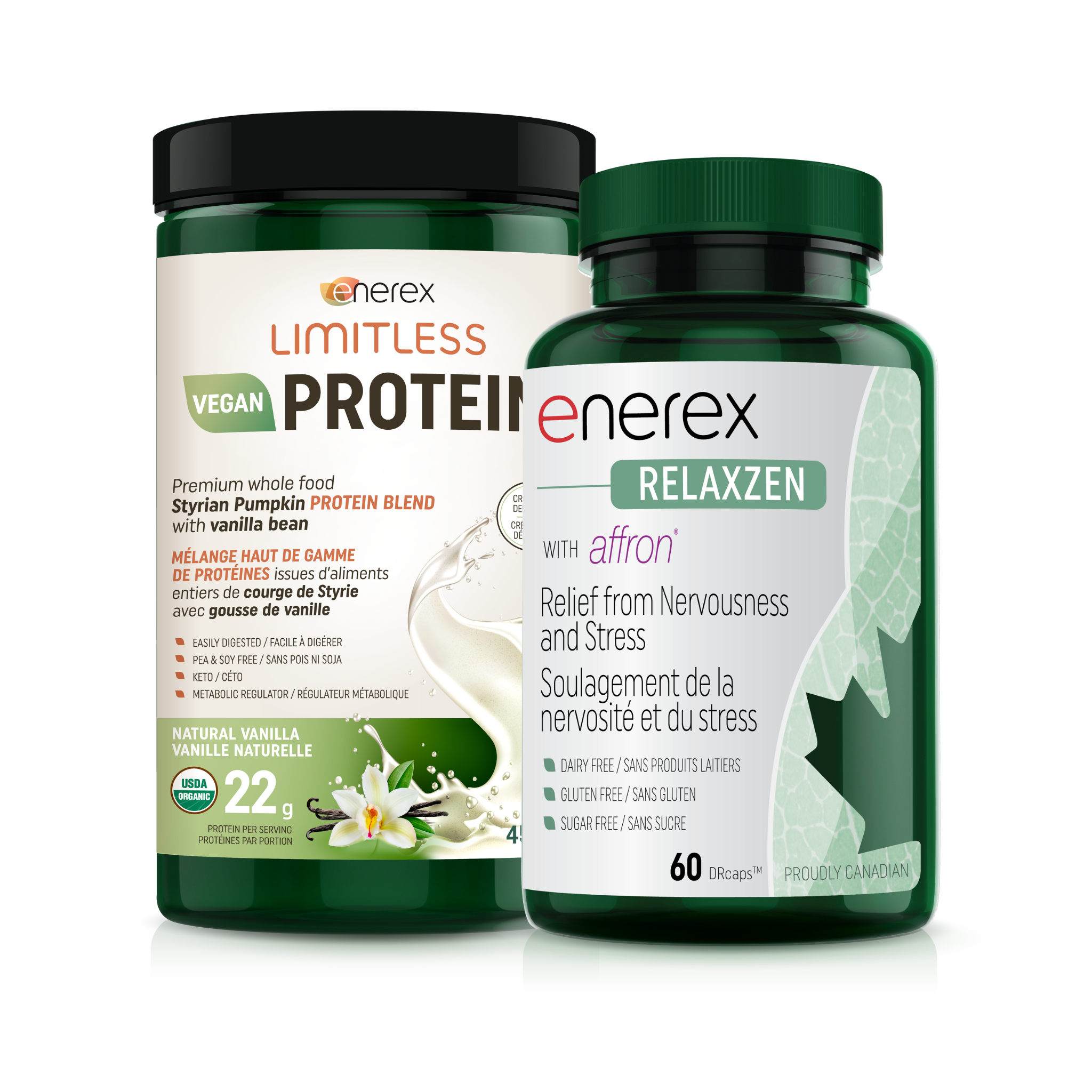
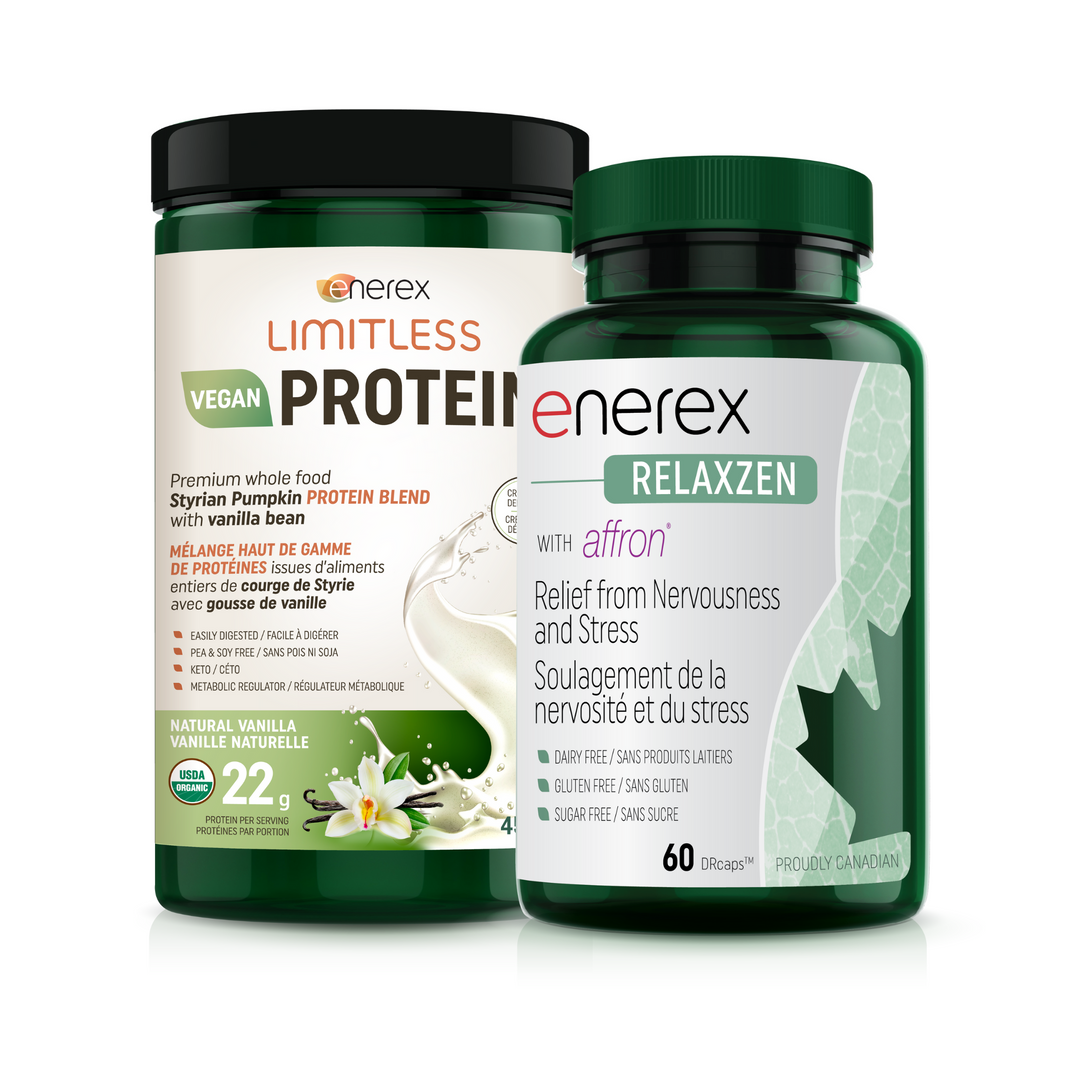
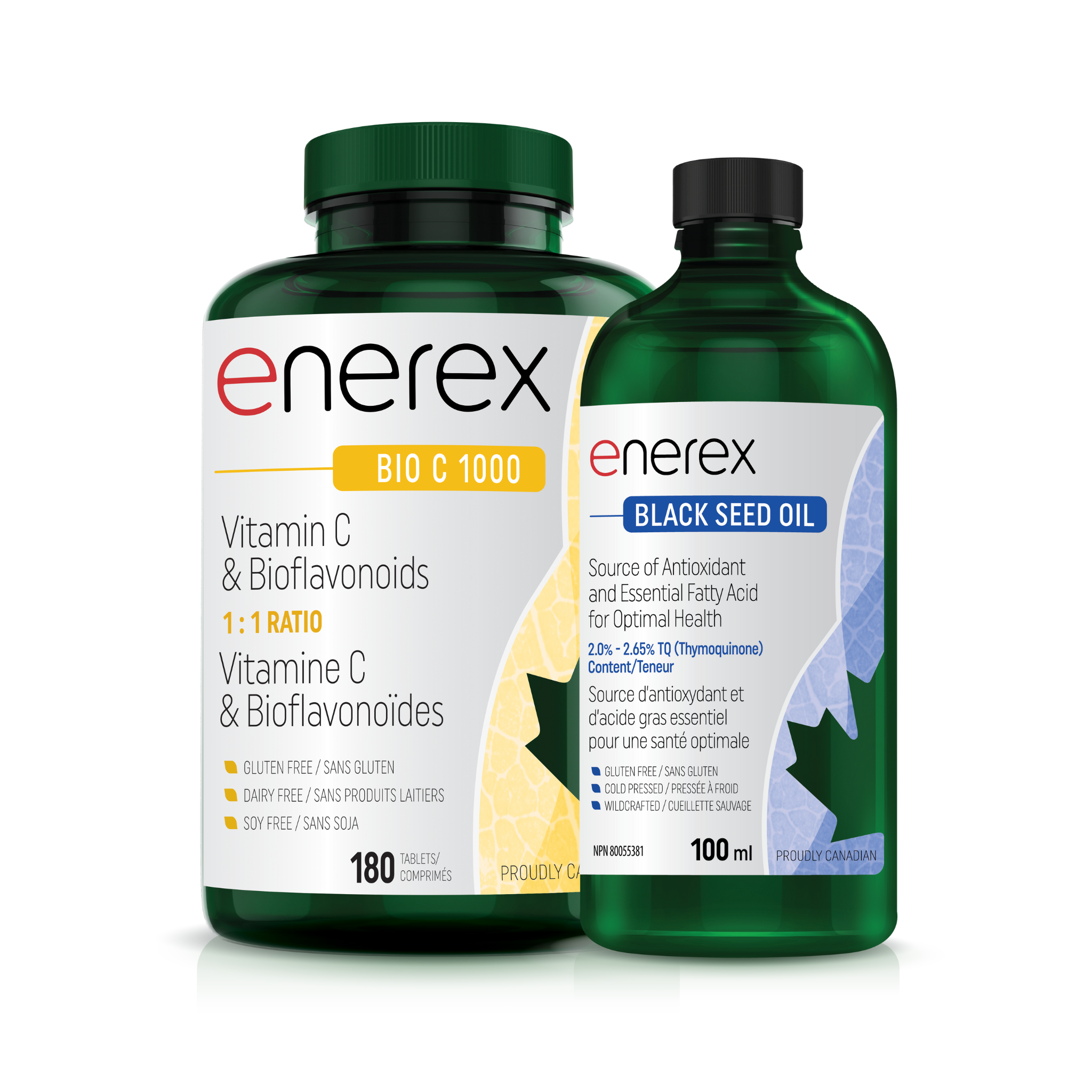
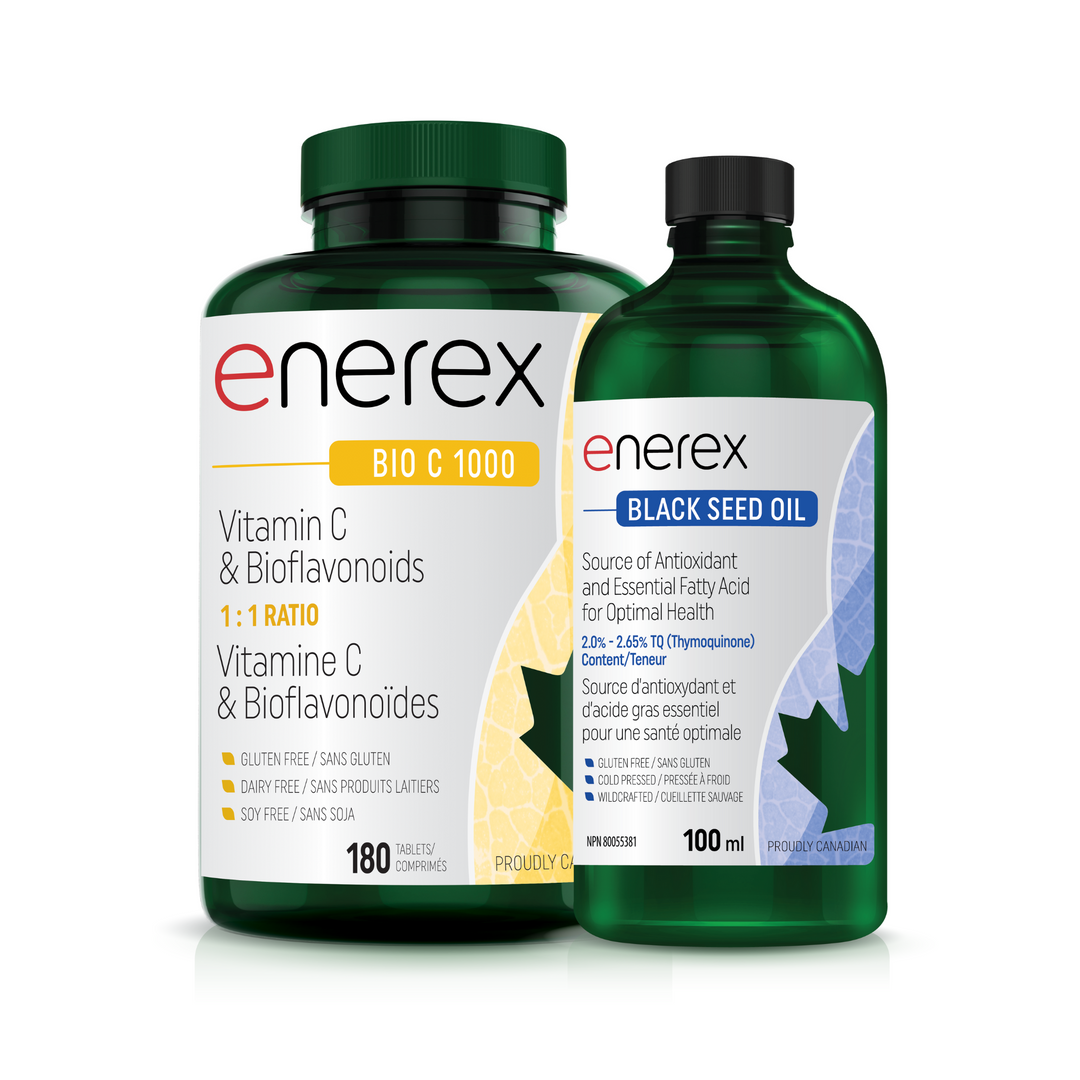
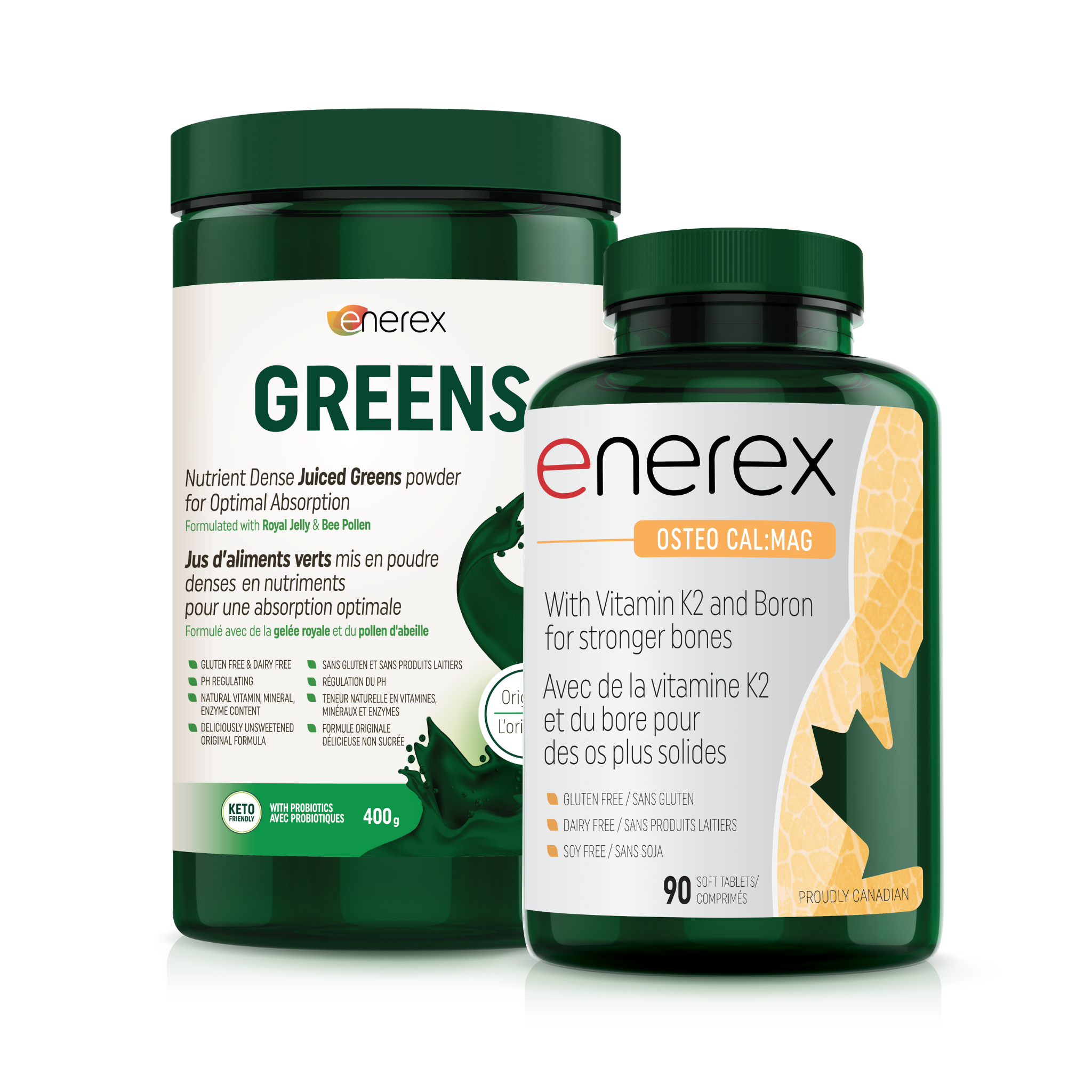
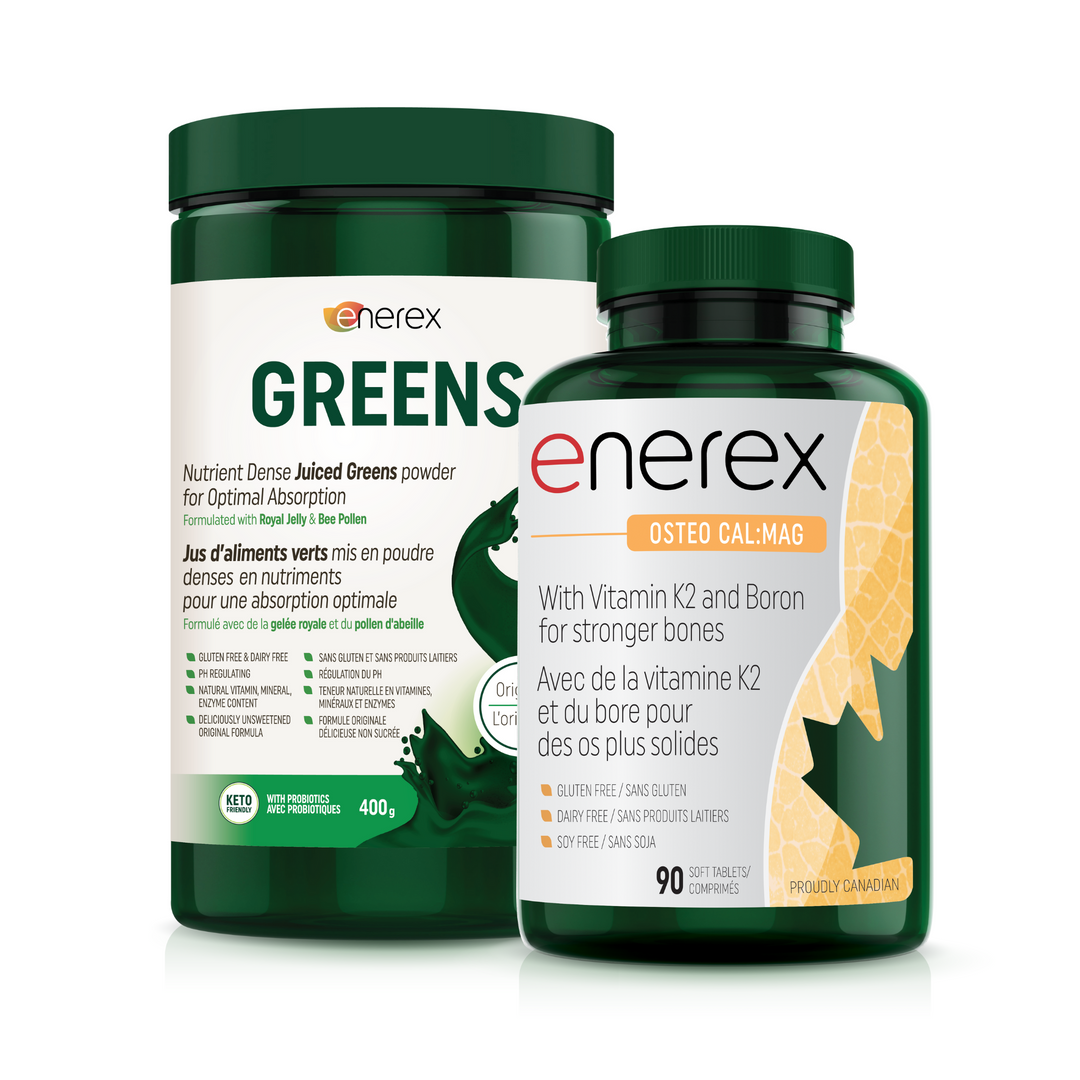
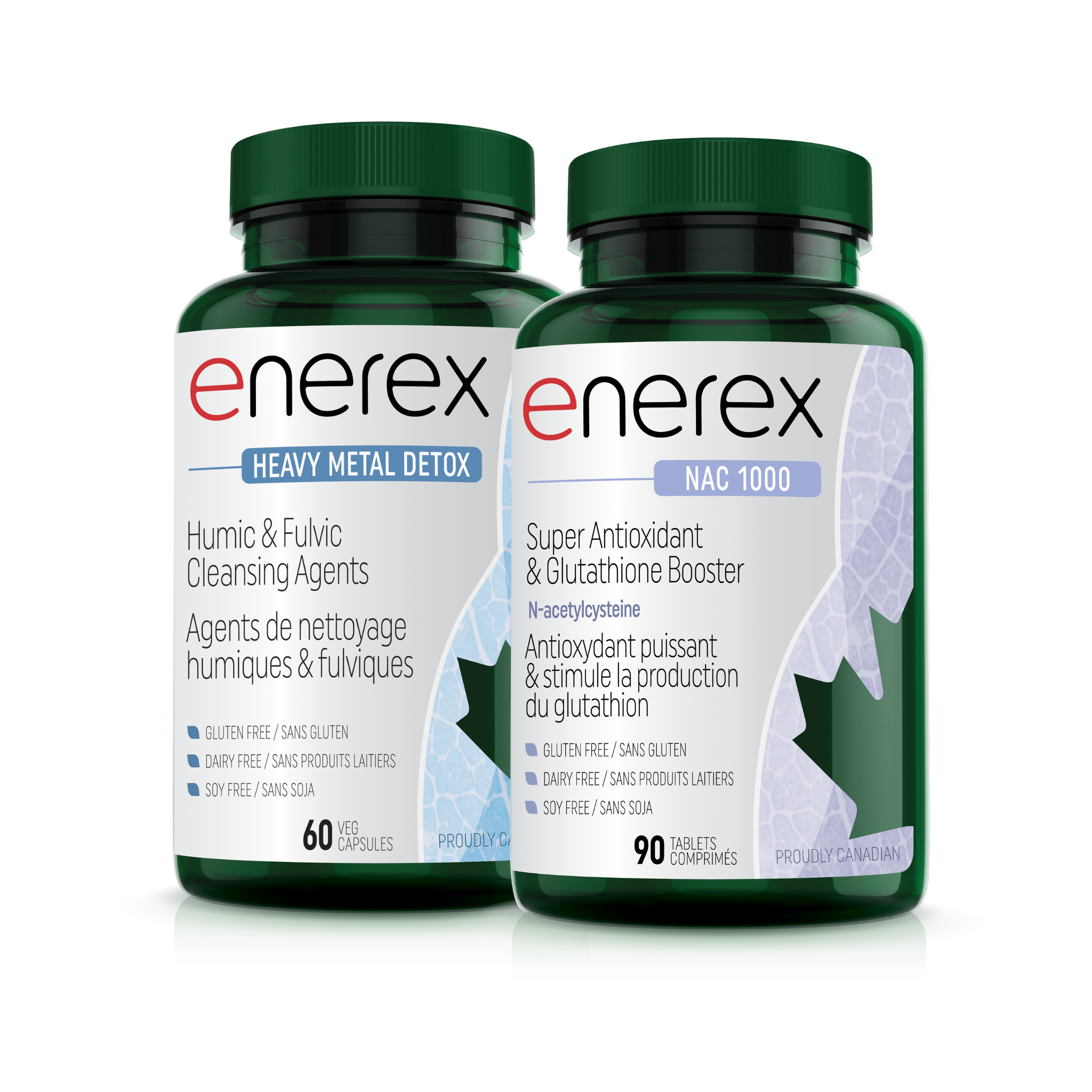
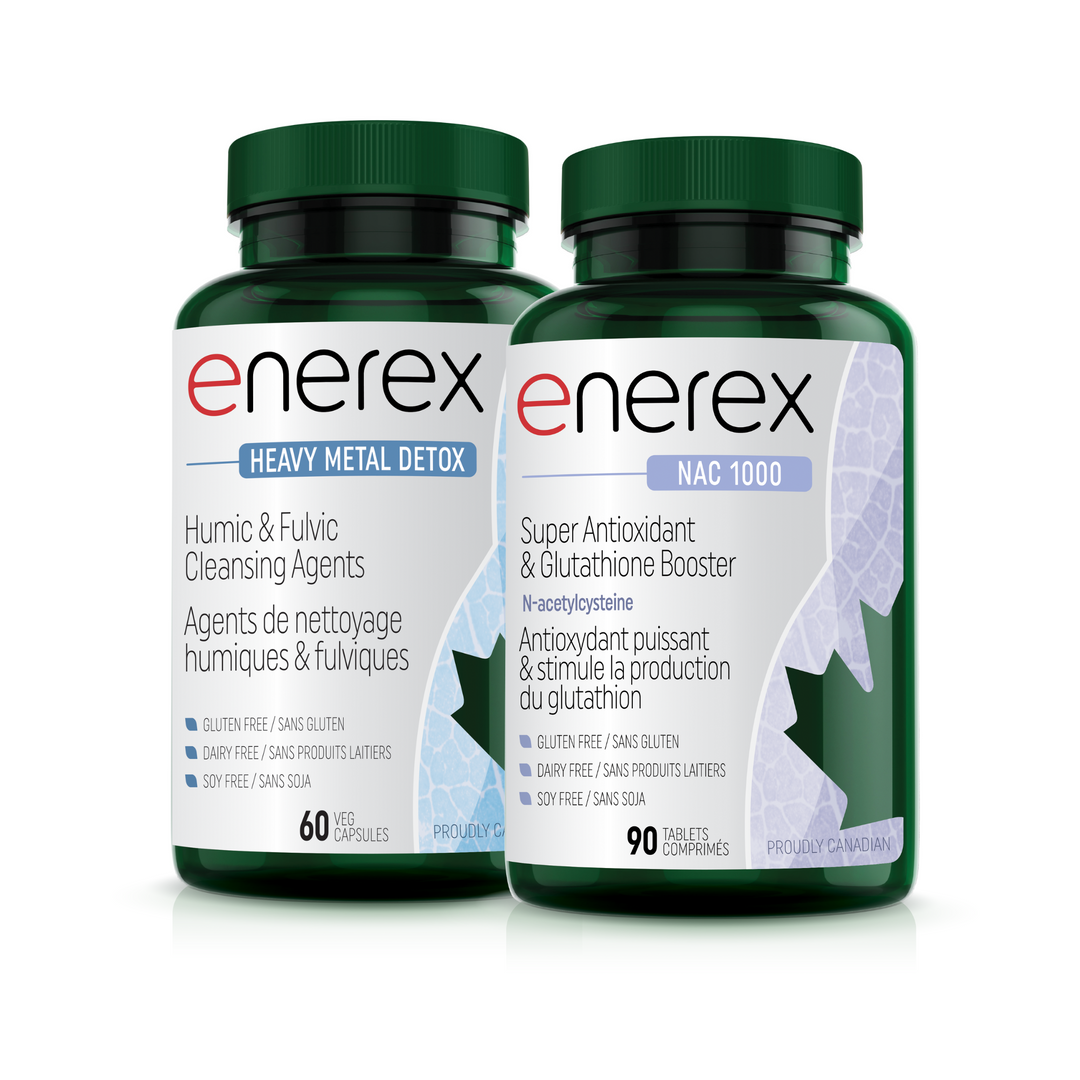
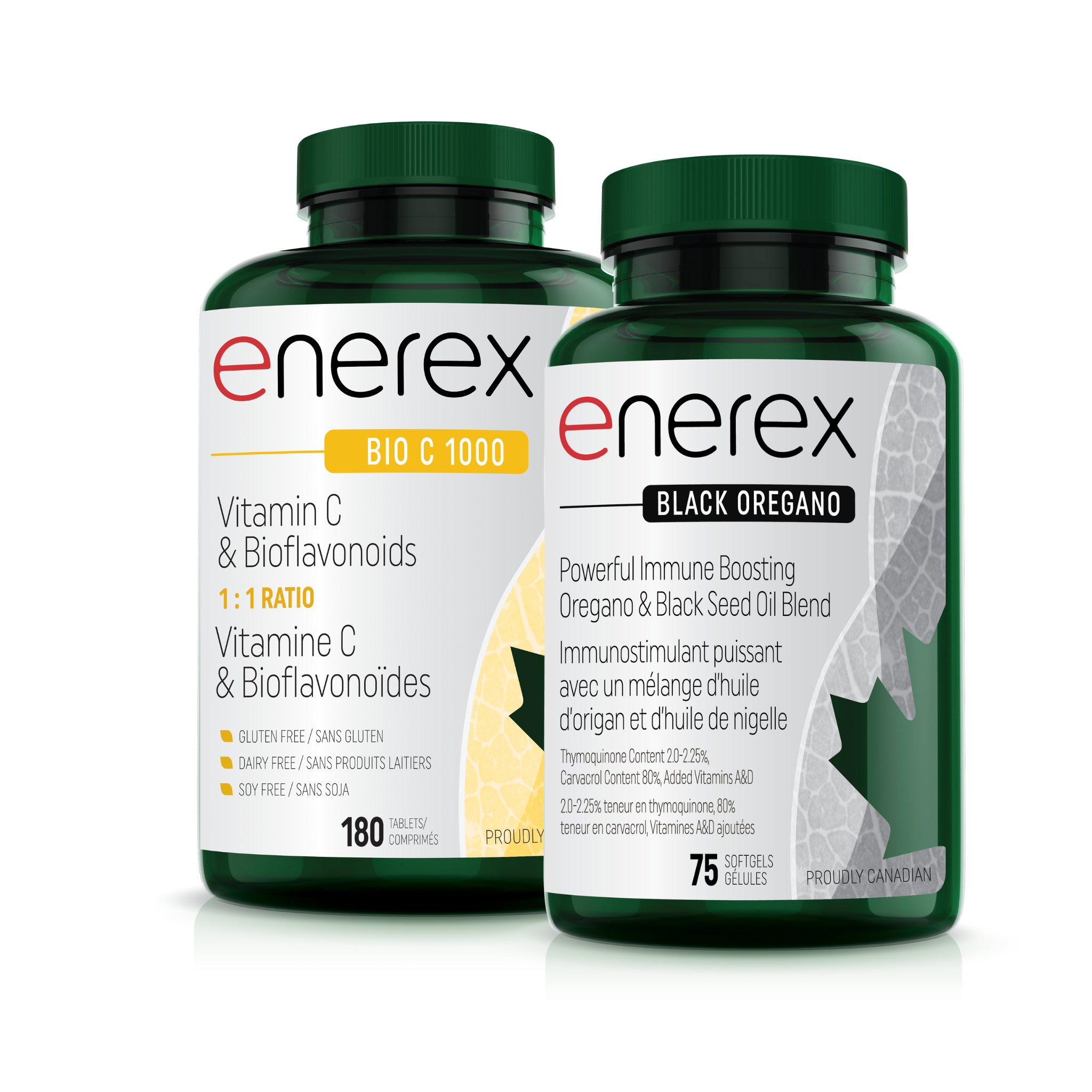
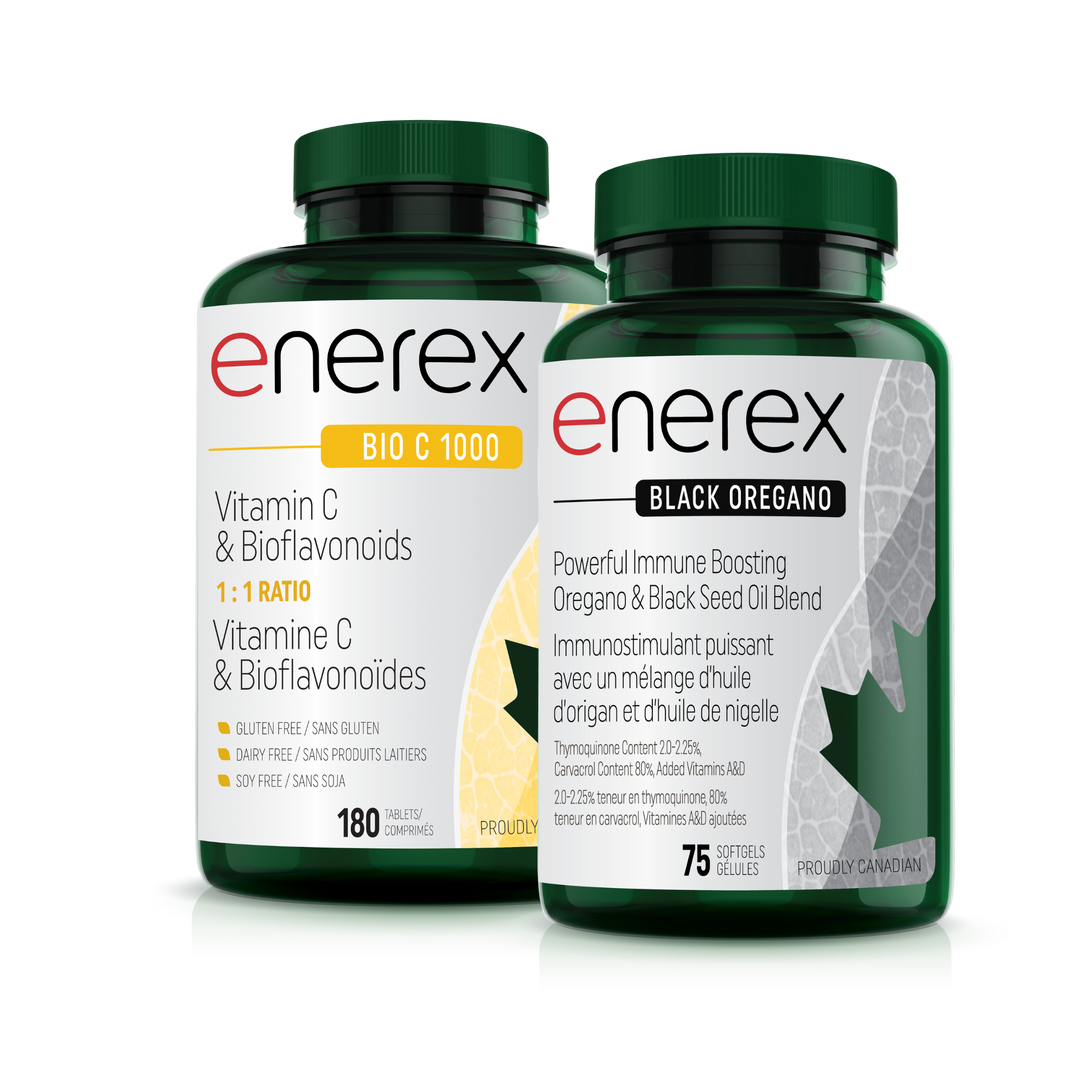
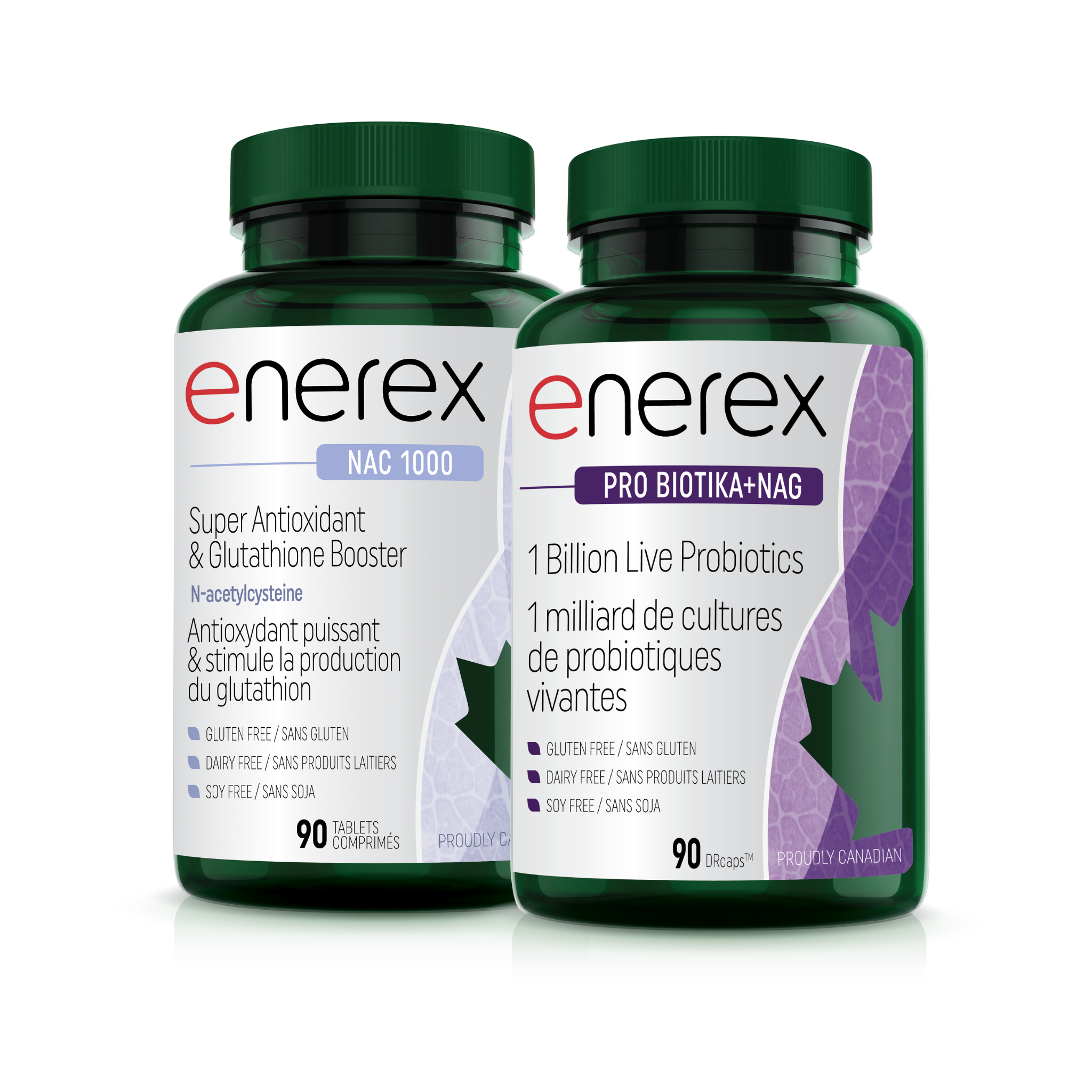
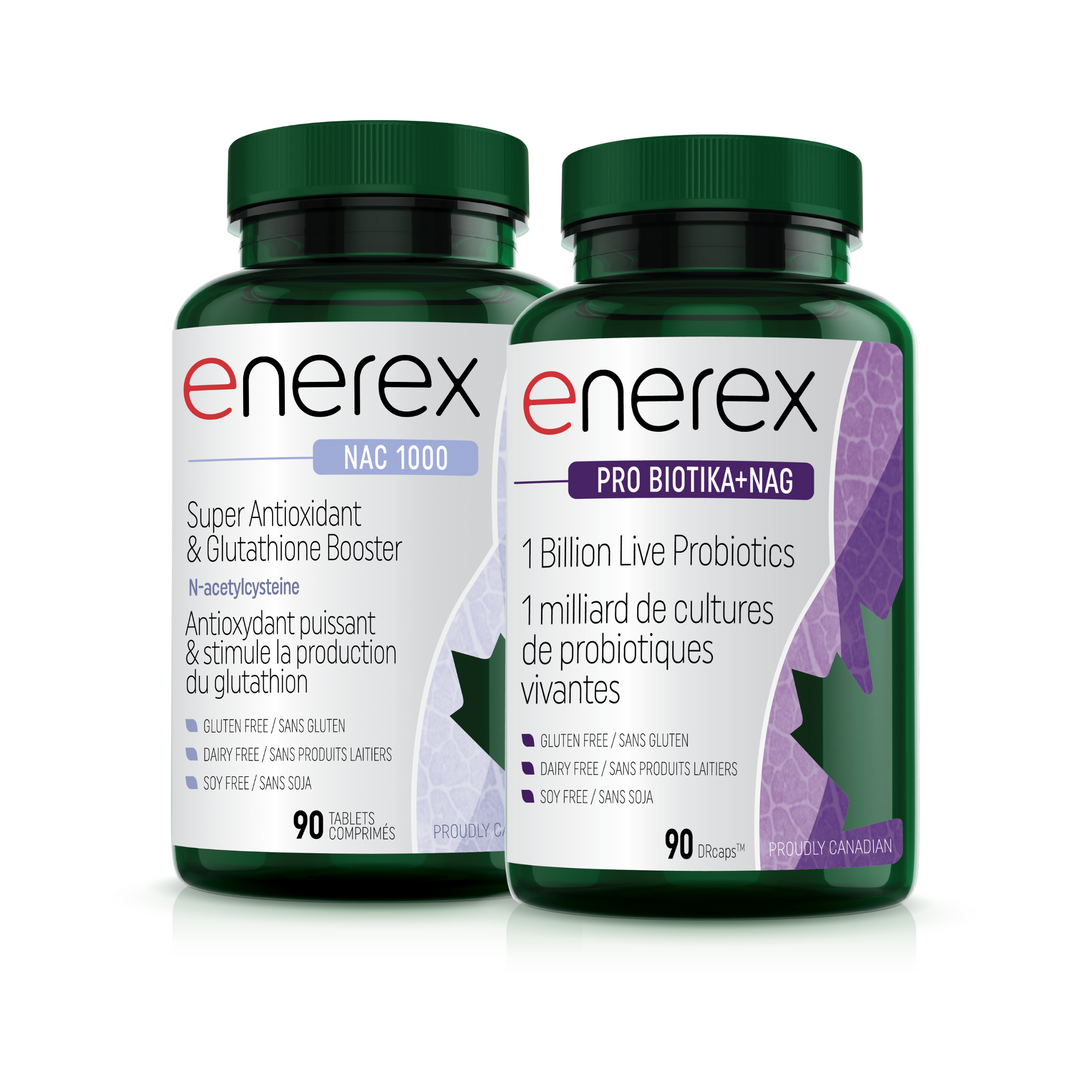
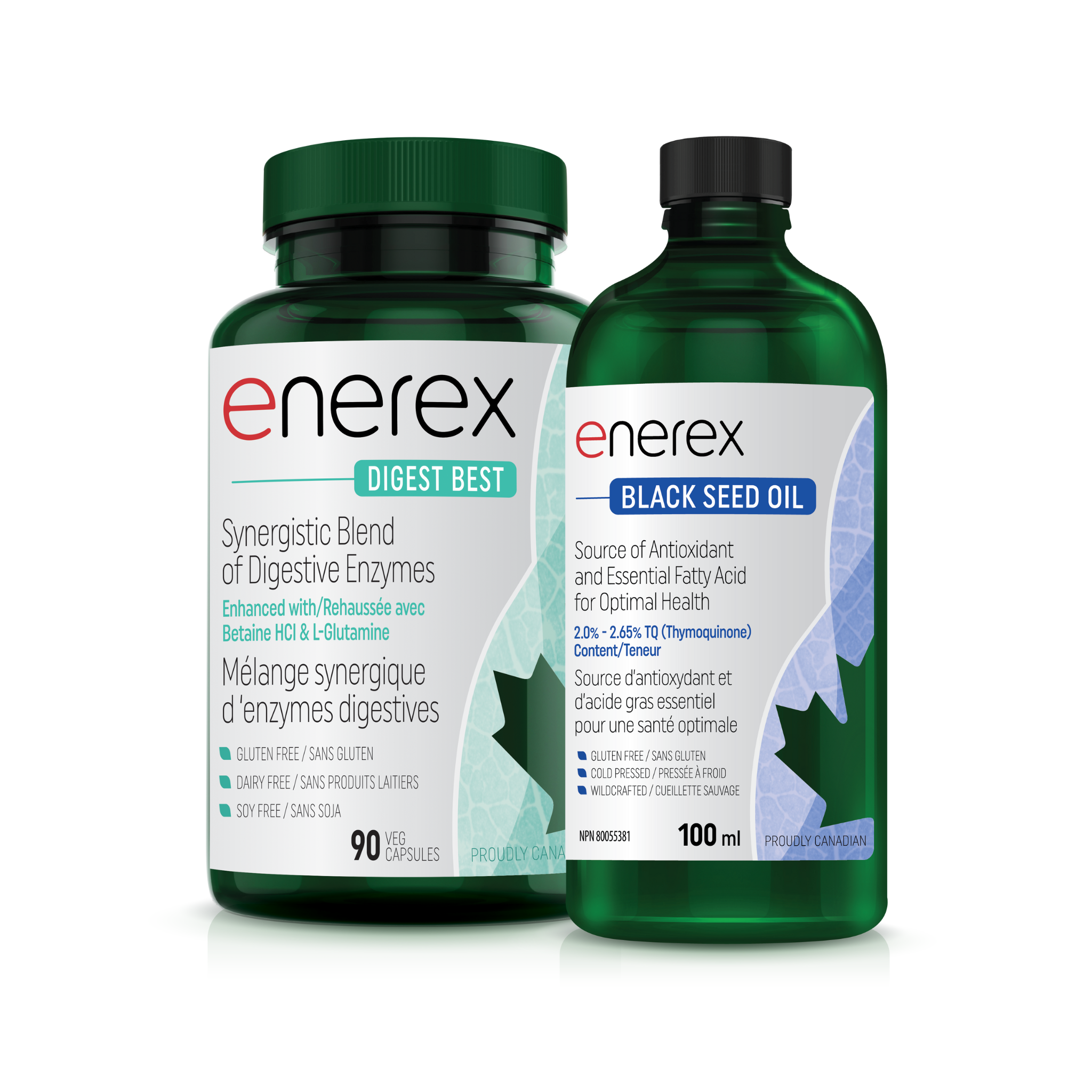
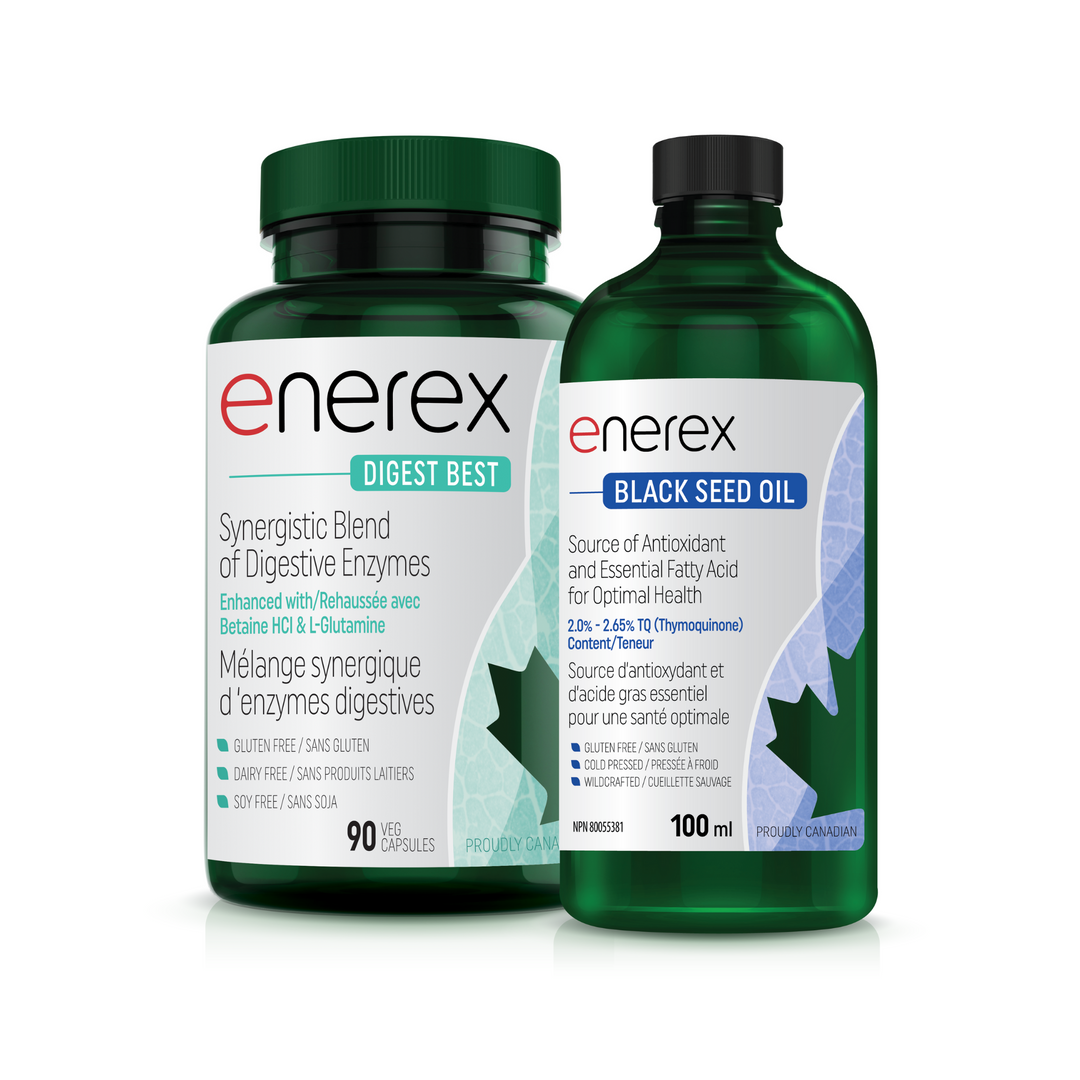
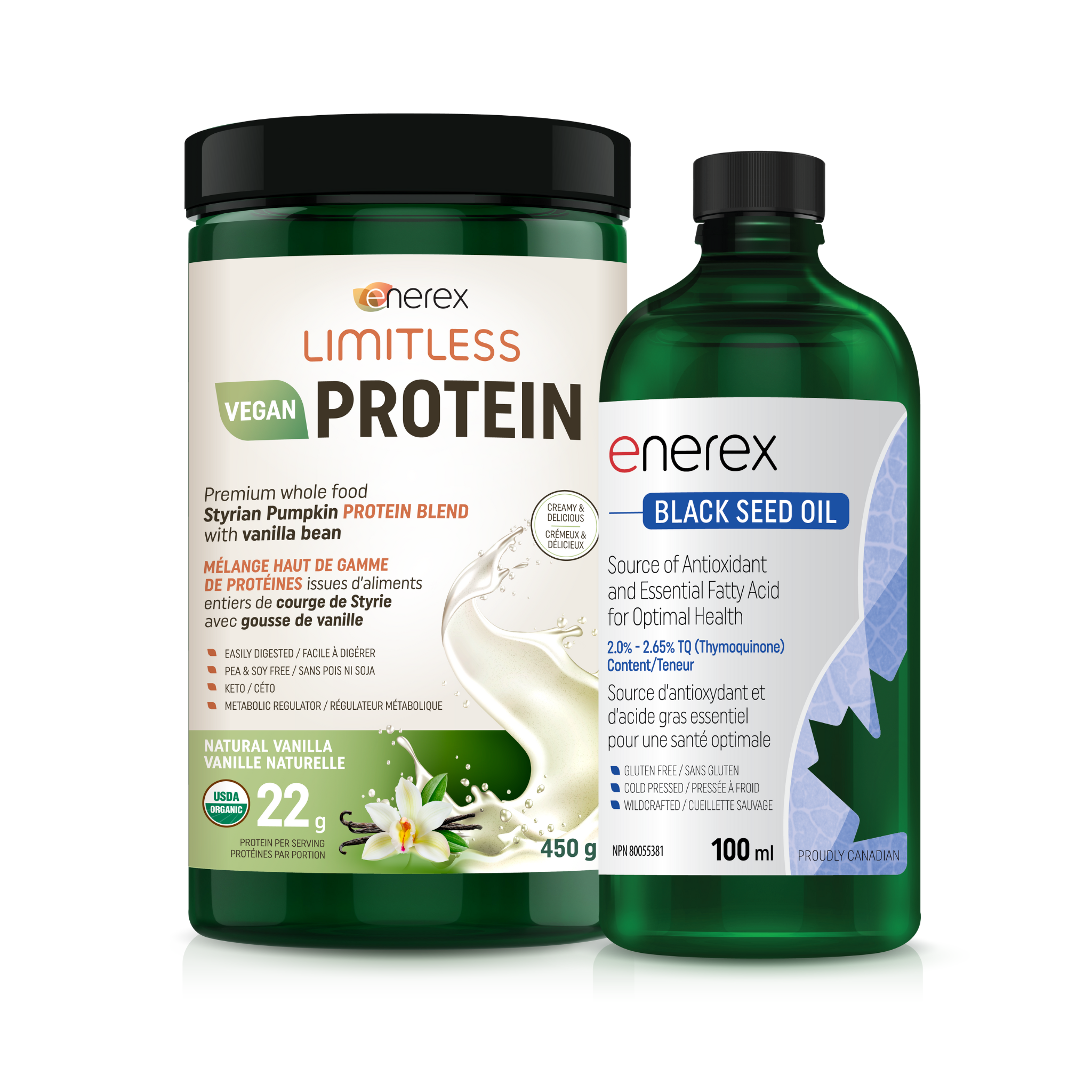
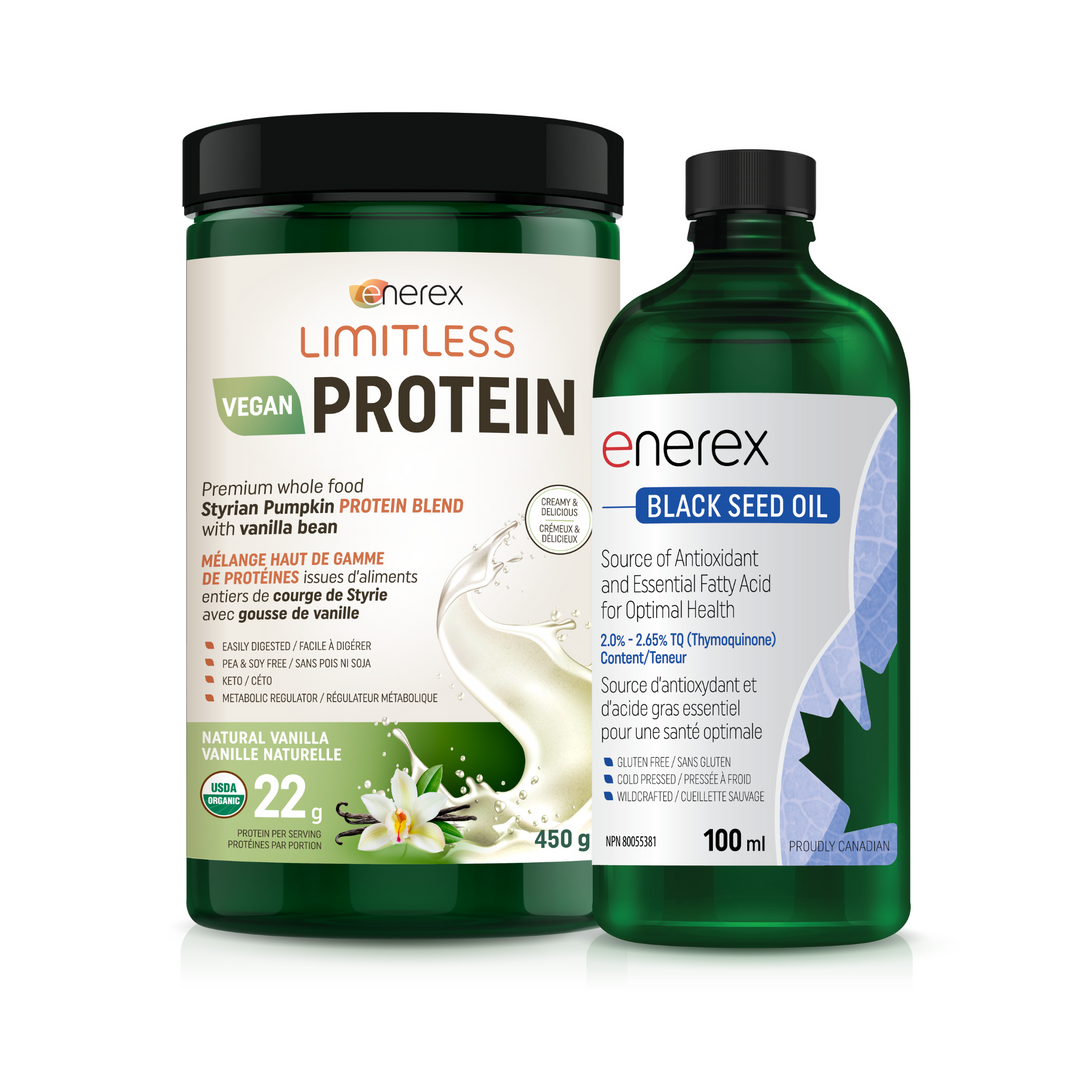
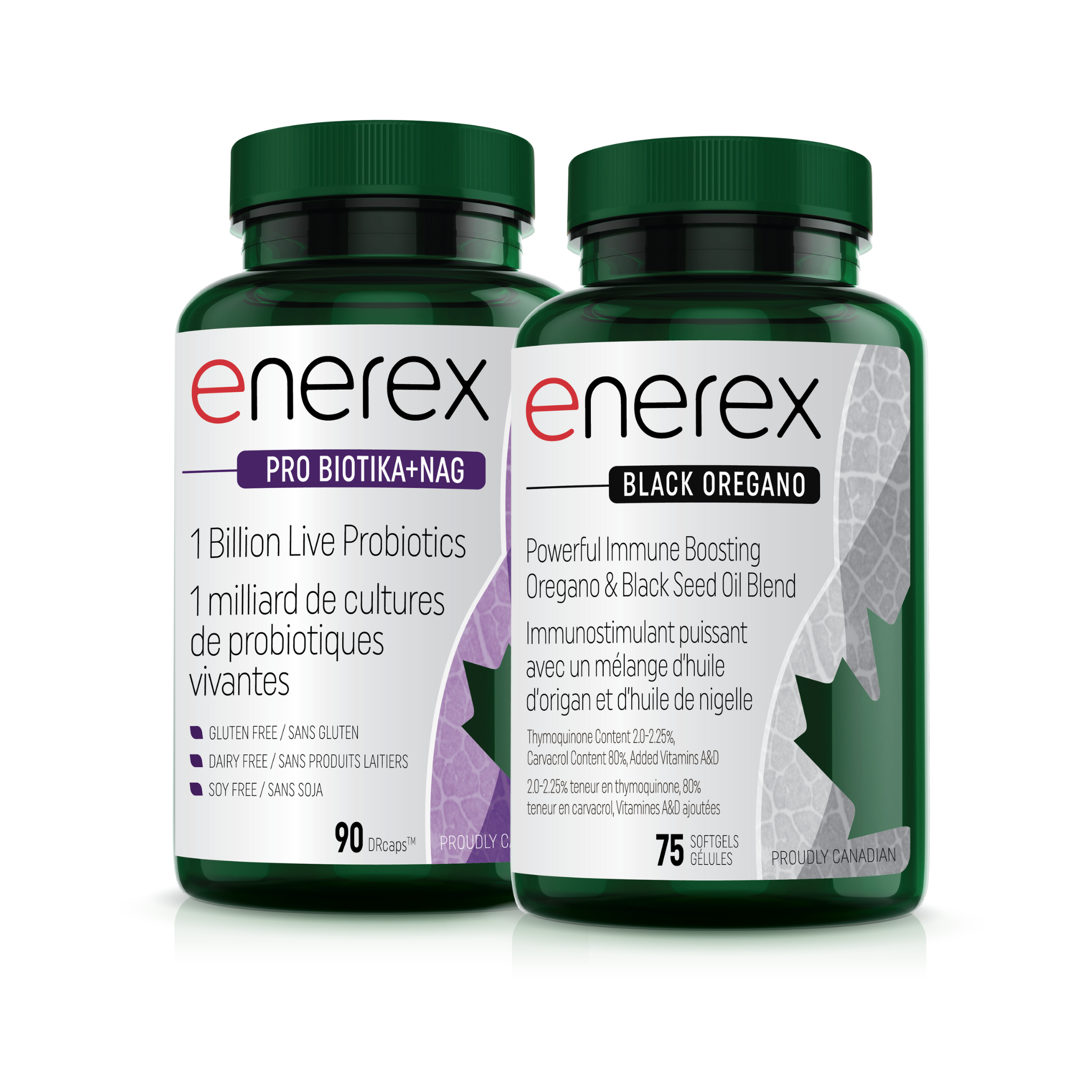
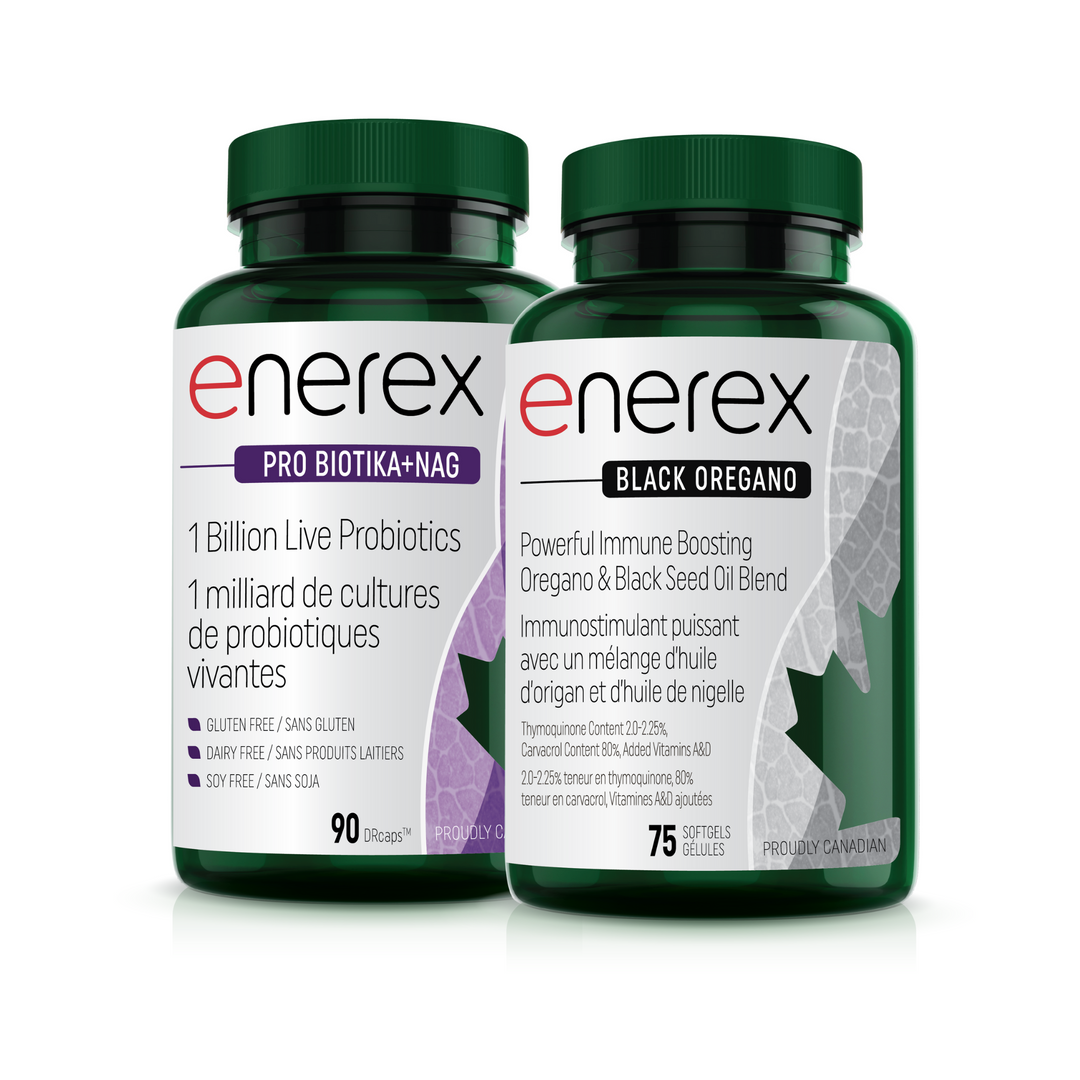
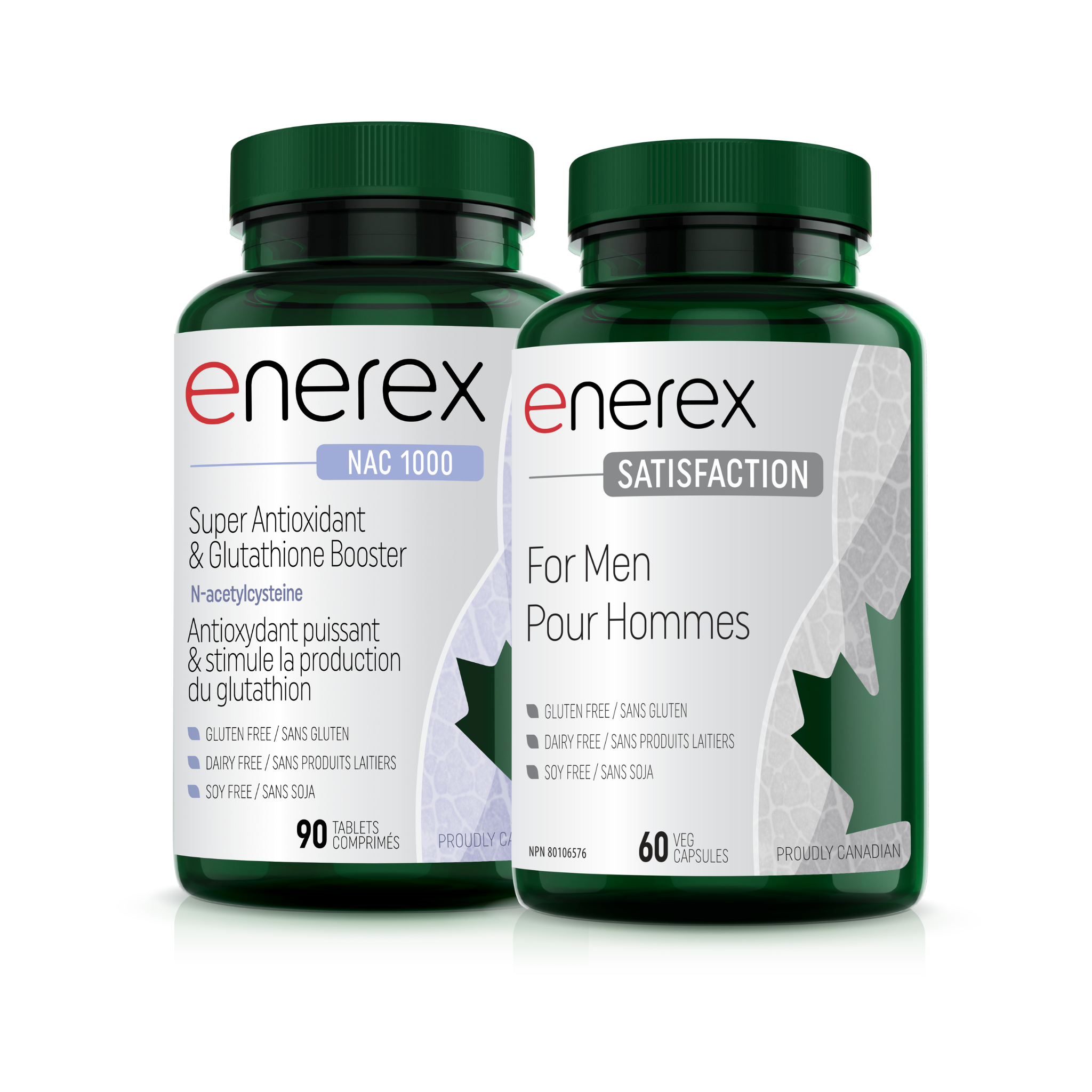
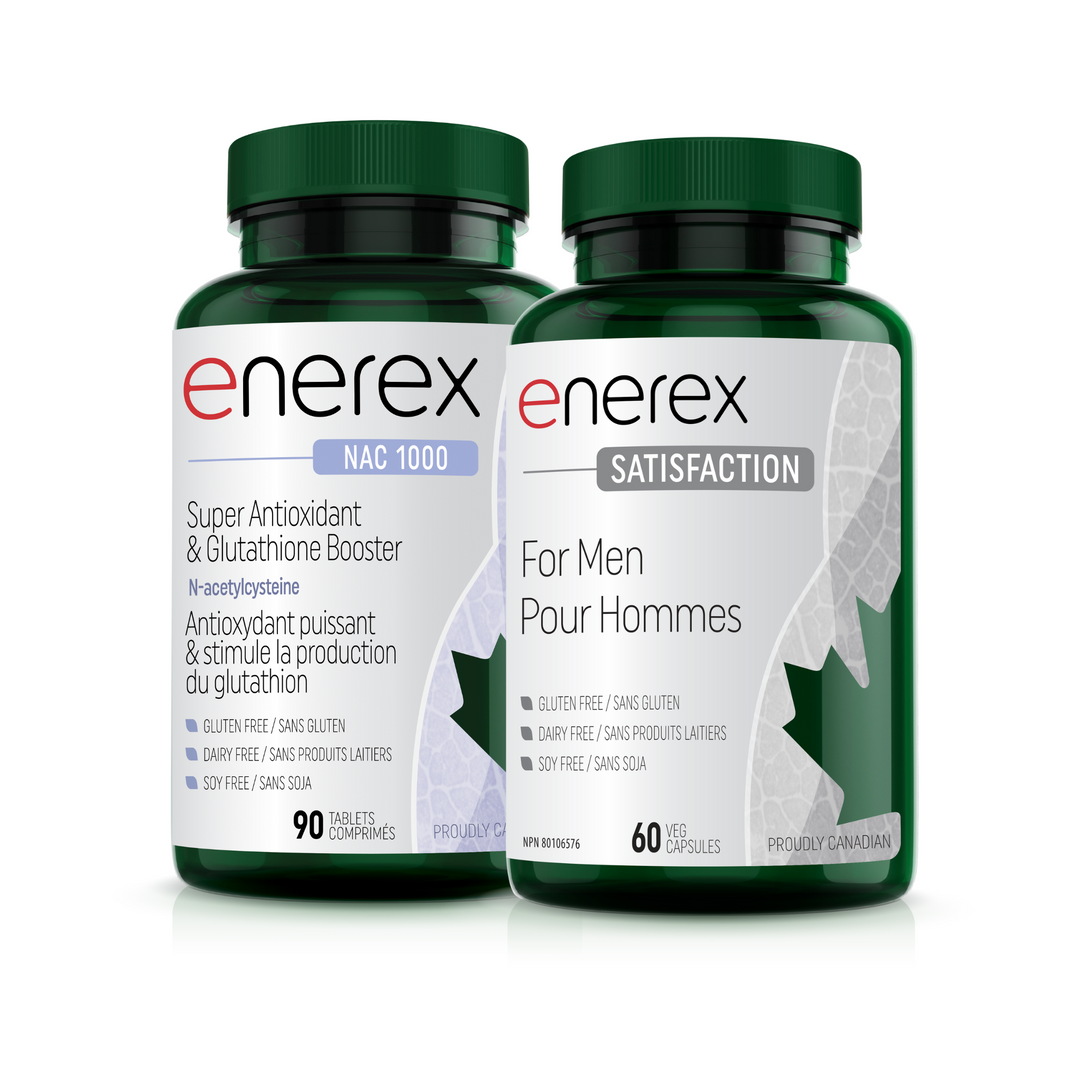
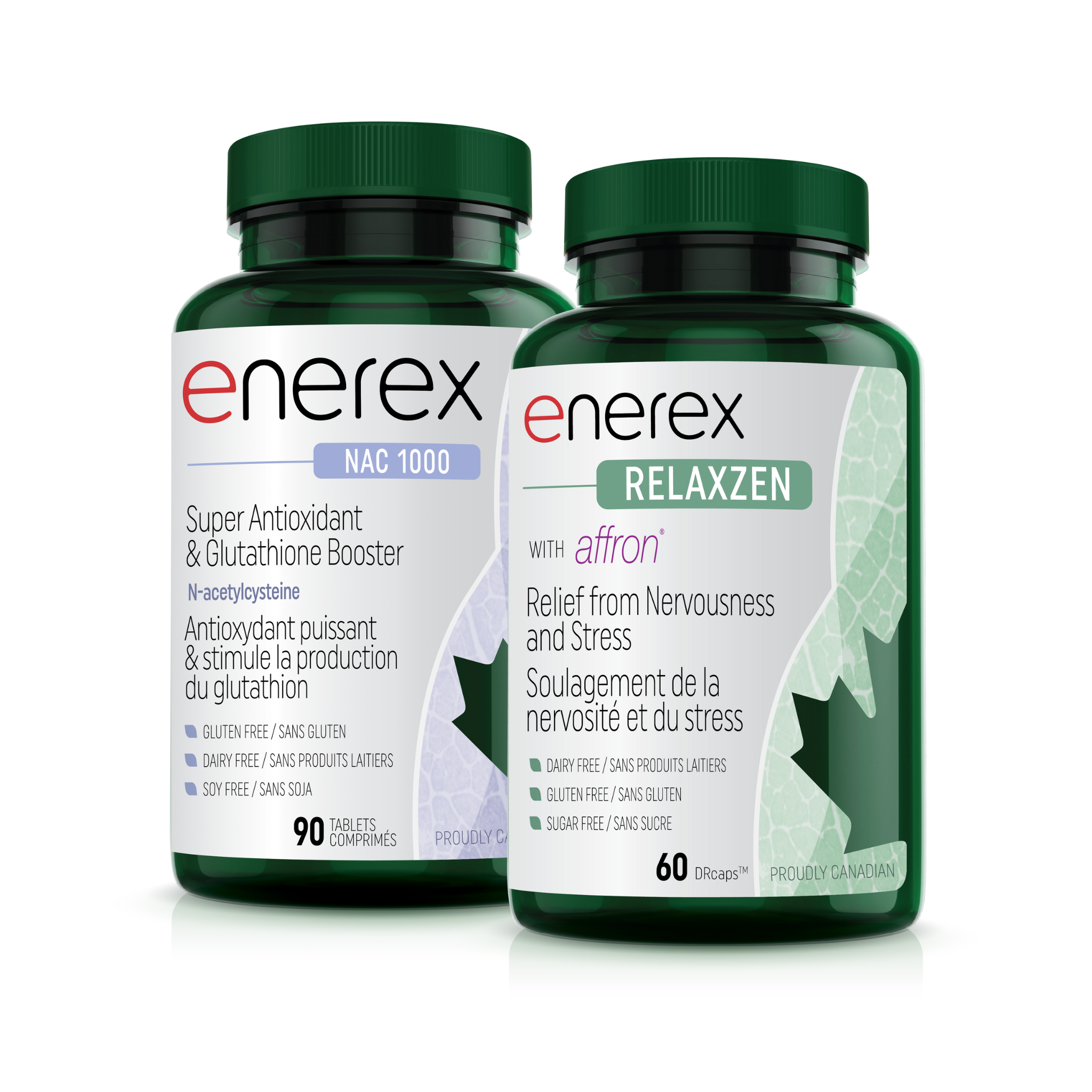
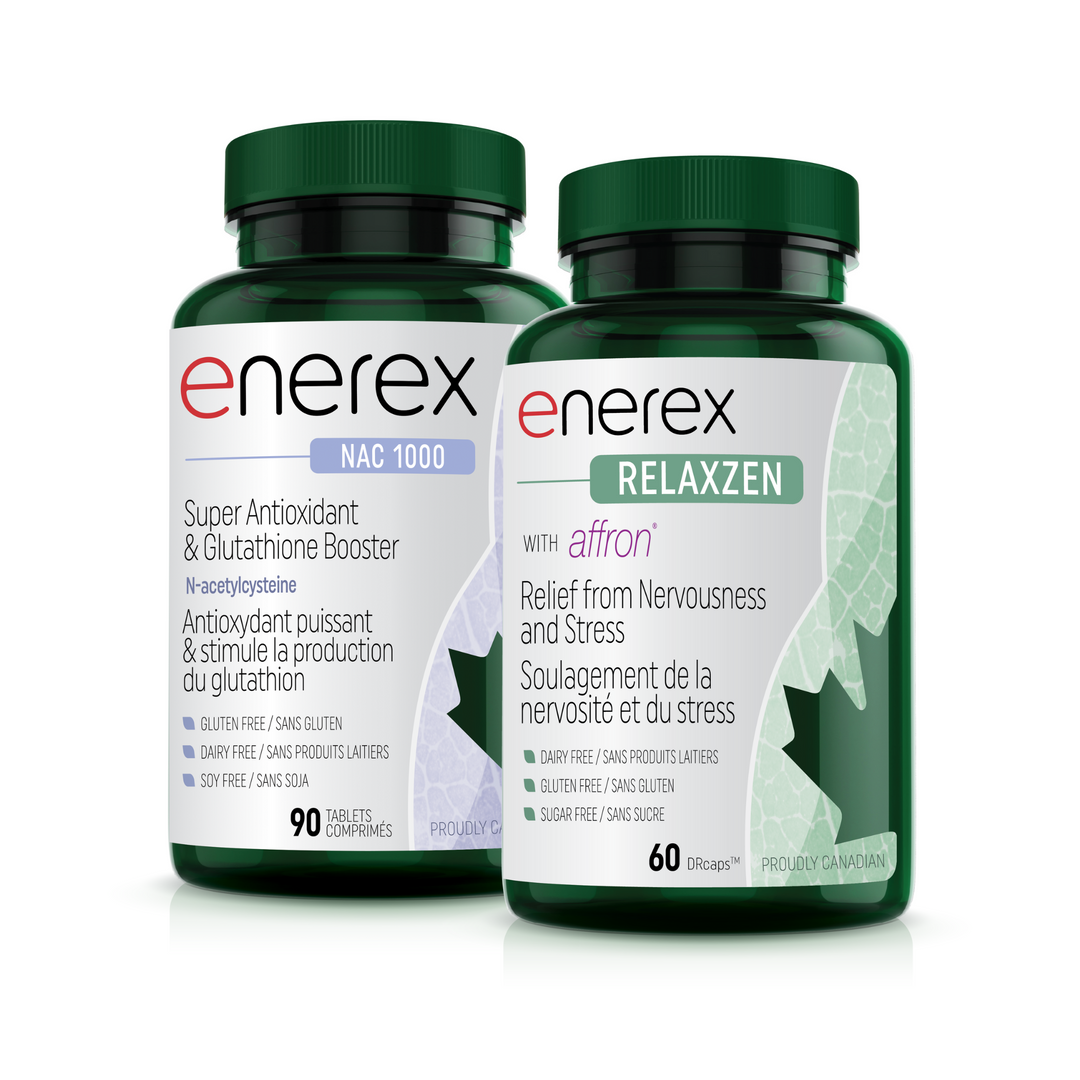

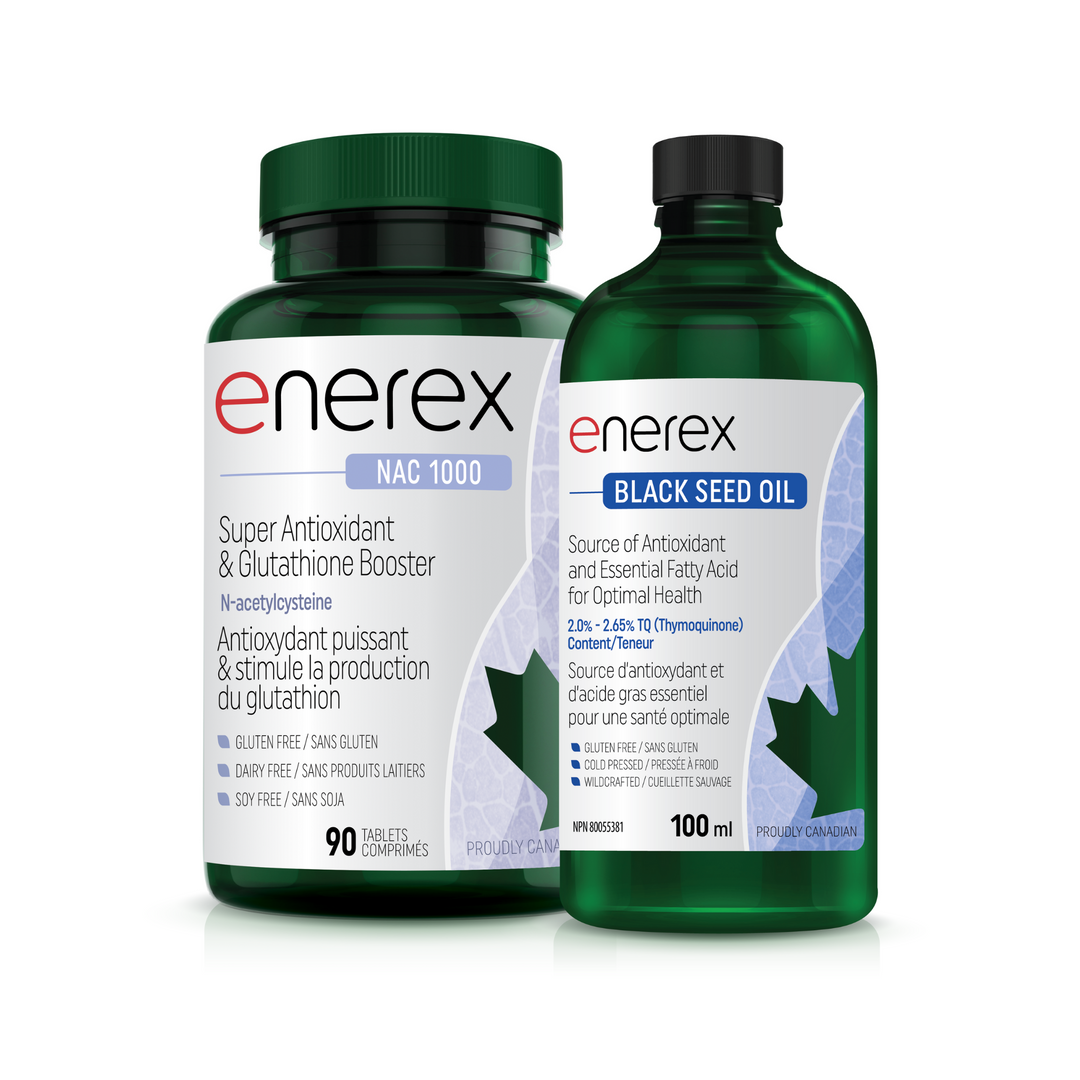
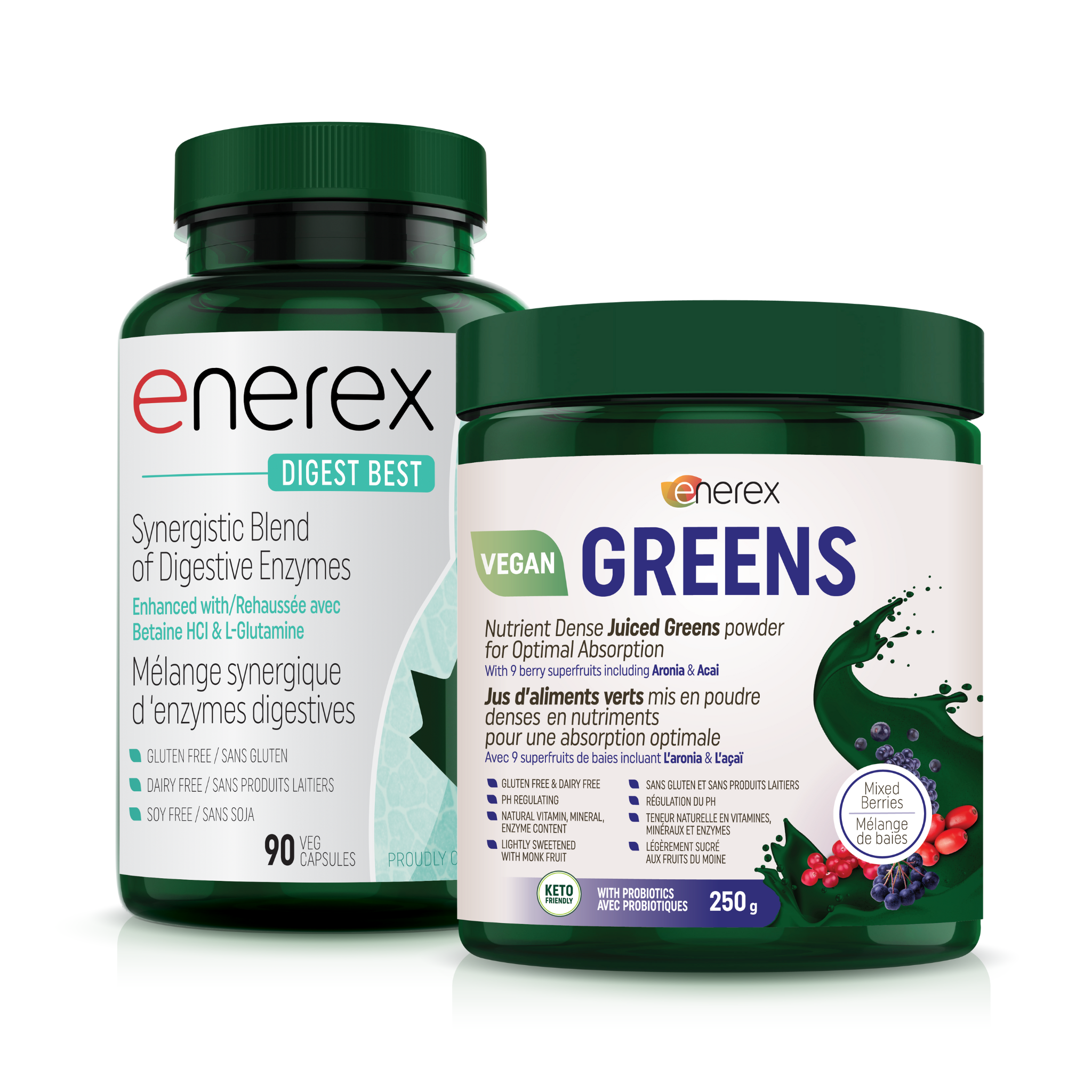
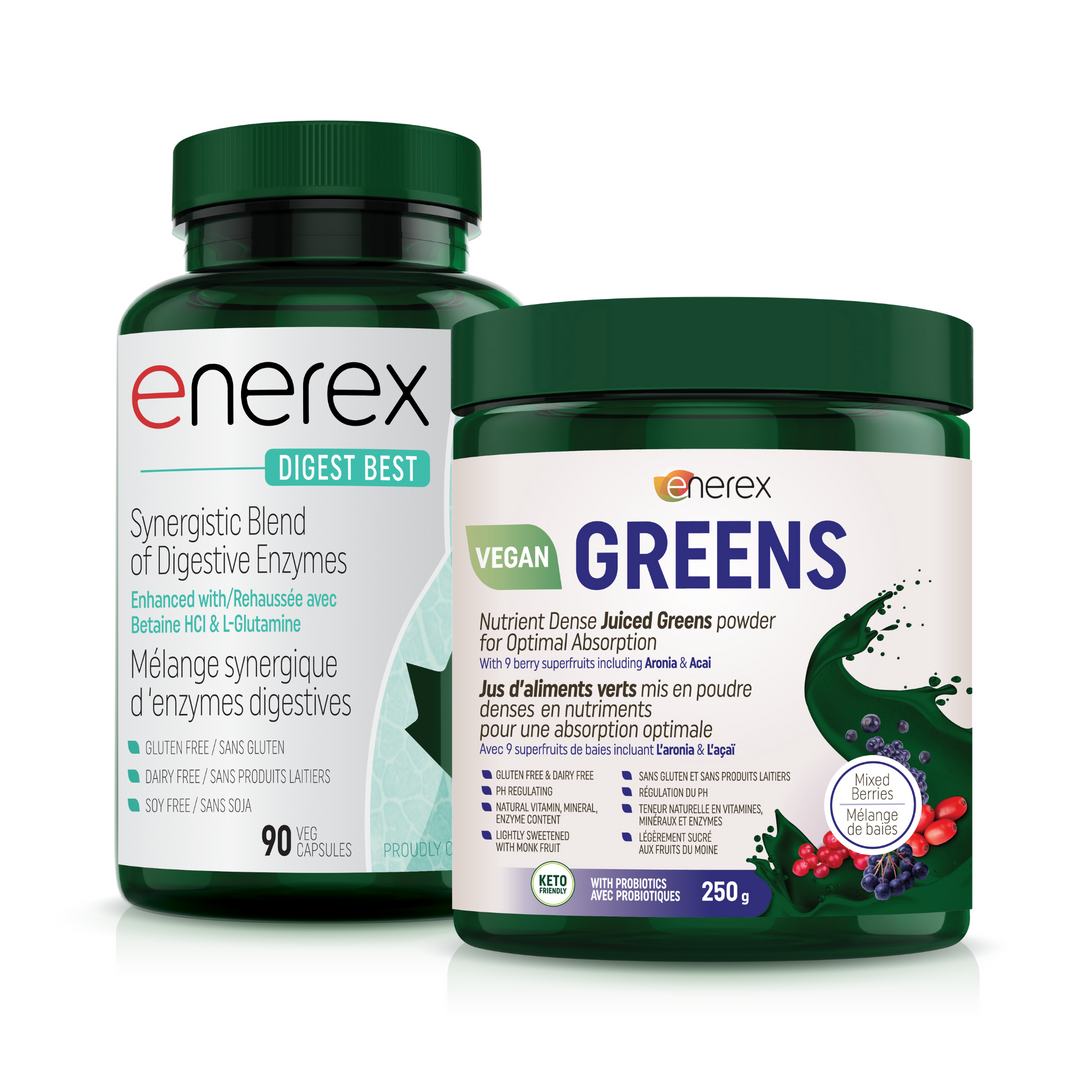
Leave a comment